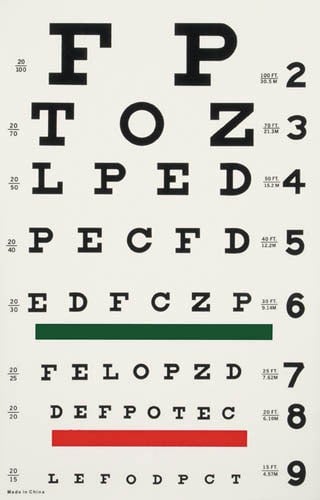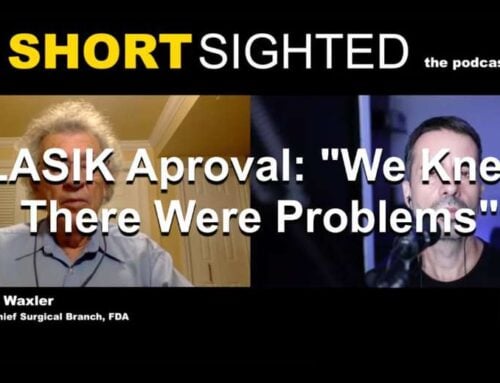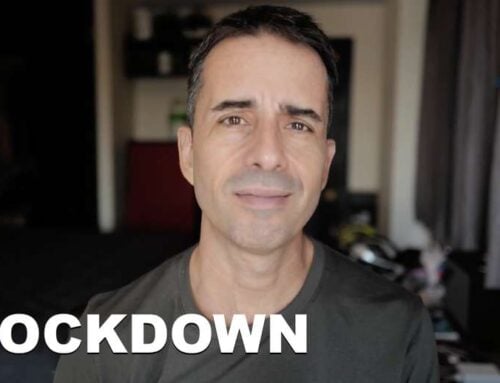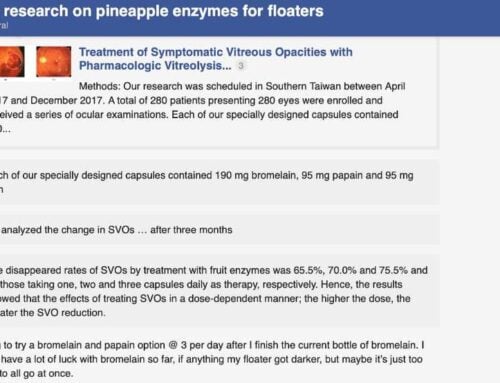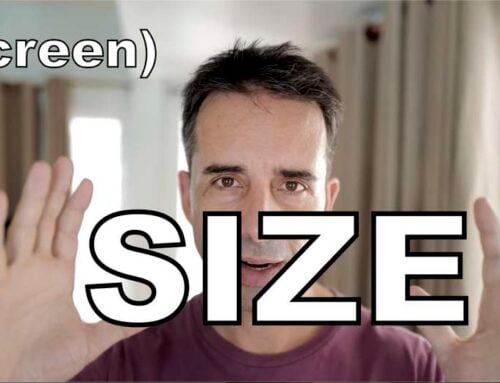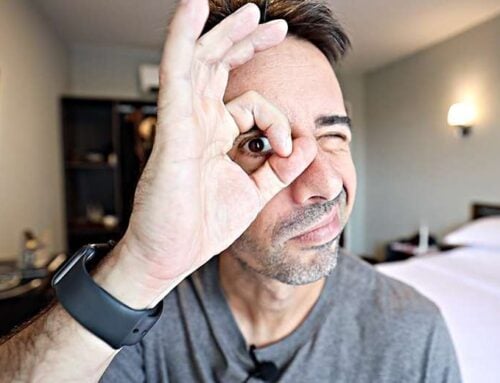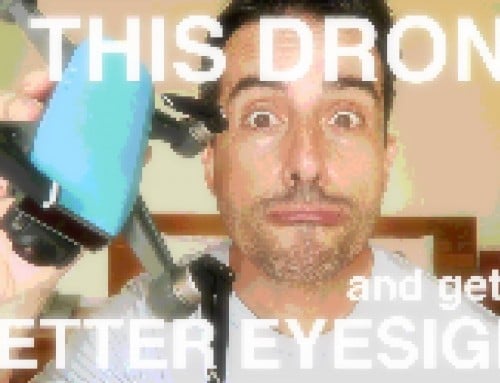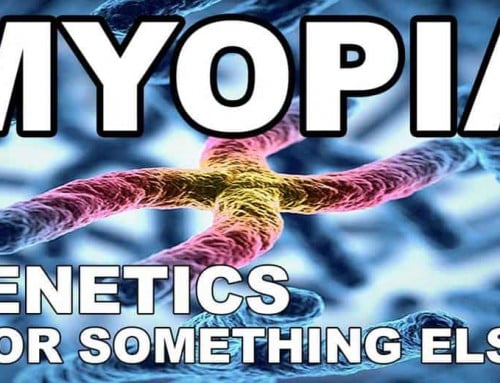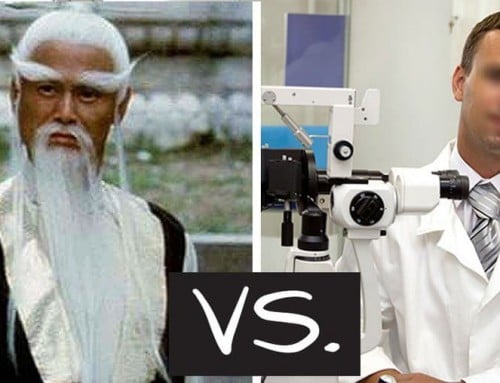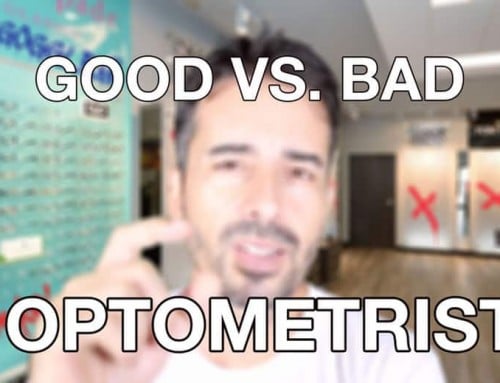Let’s start this with some perspective: 20/20 eyesight doesn’t exist. Rather, it is just a vague approximation of visual acuity. It can be one thing or quite another, depending on who you ask, and how your optometrist measures.
Stick around for a moment, while we look at what 20/20 means, and why you don’t need to worry about it … and what you want to focus on, instead.
—
Most people who first come to visit my office are looking to 20/20 as the gold standard for their vision. And then there are the questions. Can I get to 20/20? Can I keep 20/20? It has been beat into us, it’s basically a brand, the whole idea of 20/20 vision.
To understand the premise of this vision assessment, let’s look at where the idea comes from.
Glasses were first invented in the 16th century. Back then they were rare and only used by a few monks and scholars. Myopia wasn’t really a problem in the days before books and computer and televisions came to dominate everyday life.
Since myopia wasn’t a common condition, there wasn’t a standardized way to measure eyesight deficiencies.
It took until the mid 19th century for a standard of measurement to emerge. A doctor in the Netherlands, Dr. Franciscus Donders, commissioned his colleague Herman Snellen to make what has since become known as the Snellen, or eye chart. It was a cheap and low tech solution for a complex problem, much like glasses are a low tech solution for the myopia symptom still to this day.
This is where 20/20 comes from.
This introduced the Snellen fraction for visual acuity, and “20/20 vision”:
![]() In the most familiar acuity test, a Snellen chart is placed at a standard distance: 20 ft in the US, or 6 metres in the rest of the world. At this distance, the symbols on the line representing “normal” acuity subtend an angle of five minutes of arc, and the thickness of the lines and of the spaces between the lines subtends one minute of arc. This line, designated 20/20 (US) or 6/6 (rest of world), is the smallest line that a person with normal acuity can read at a distance of 20 ft.
In the most familiar acuity test, a Snellen chart is placed at a standard distance: 20 ft in the US, or 6 metres in the rest of the world. At this distance, the symbols on the line representing “normal” acuity subtend an angle of five minutes of arc, and the thickness of the lines and of the spaces between the lines subtends one minute of arc. This line, designated 20/20 (US) or 6/6 (rest of world), is the smallest line that a person with normal acuity can read at a distance of 20 ft.
Three lines above, the letters have twice the dimensions of those on the 20/20 line. The chart is at a distance of 20 ft, but a person with normal acuity could be expected to read these letters at a distance of 40 ft. This line is designated by the ratio 20/40. If this is the smallest line a person can read, the person’s acuity is “20/40,” meaning in a very rough kind of way that this person needs to approach to a distance of 20 ft to read letters that a person with normal acuity could read at 40 ft. In an even more approximate manner, this person could be said to have “half” the normal acuity.”
—
The wikipedia entry from which I borrowed above paragraphs has lots more details about the Snellen chart.
So that’s where 20/20 comes from. It’s a solution from a time when medicine was still woefully inadequate at measuring aspects of the human body. But to this day it is cheap, it is very well established, and it does a reasonable job at approximating your eyesight.
But, do you really want 20/20 vision? Is it even meaningful, considering that it’s just a made-up and very vague concept?
The answer is yes, and also no.
You really want 20/10 vision. Or 20/8. In theory the letters should never become blurry, just smaller, and if your eyes are truly in peak condition, 20/20 is far less than you can actually see properly.
On the other hand, 20/20 isn’t what qualifies as the true measure of “decent” vision. If we will use a yardstick for what qualifies are reasonable eyesight, we might as well look at the American drivers license requirements. Take California’s Department of Motor Vehicles requirement, as a reliable basis for government assessment of good vision:
The department’s vision screening standard is the ability to see 20/40 with both eyes together, with or without corrective lenses.
(Source: California DMV)
DMV Tests aren’t necessarily astoundingly sophisticated.
So there you have it. 20/40, which is quite a bit less than the fabled 20/20 vision, is good enough for the government. You can drive a car, safely, being able to see road signs, other vehicles, pedestrians, and not endanger yourself or others. 20/40 works. Likewise, 20/10 is also entirely possible. Where does that leave 20/20? Depends on how you look at it, it turns out.
Because the next detail complicating the issue is the fact that how you measure, will impact the results notably.
Take the test in a darkened room with only the chart lit with fluorescent lighting, you might get a 20/40. Take the same test with the same chart but outdoors in the shade, and you might get to 20/20 or even better. Now alter the colors of the letters on the chart, and your results will vary again. Take the test after a long day at work in front of a computer, different results than on a fresh Sunday morning. Take it when you have been stressed vs. relaxed, after a big meal or after a nice run, and yes, the results will vary notably.
The eye chart is nothing more than a rough approximating of your acuity. 20/20 means nothing.
There is something important to take away from all this, however. Print a chart (see below for a good PDF you can use). Hang it on the wall. Test your eyesight. Test it in natural and artificial light, and some of the other examples I mentioned above. Realize how much your eyesight varies. If you wear glasses, try the chart with an older prescription you might still have laying around. Begin to realize that your eyesight is a whole lot more interesting than a single measurement at the optometrist can reveal.
And if you have come this far, you might also look into the real causes of myopia, and venture into the topics discussing how your eyesight can be rehabilitated.
Today, that chart can and will be used against your eyes, in an office of optometry. Turn the tables, and make the chart work for you. That tool, so simple and easy to use, can be the first step to unlocking the journey towards healthier eyesight for you.
Try it! Here is the link to charts (click the images to download): https://endmyopia.org/measure/#chart
And if you are already myopic and don’t have old prescriptions around, download the printable myopia measuring tape as well: https://endmyopia.org/measure/#ruler
You can also measure your eyesight with nothing more than a regular measuring tape, and our calculator. It’s a fantastic way to start exploring vision health and your relationship to those prescription glasses: https://endmyopia.org/myopia-calculator-2/
Have fun with this, start understanding your eyes better!
– Neha


